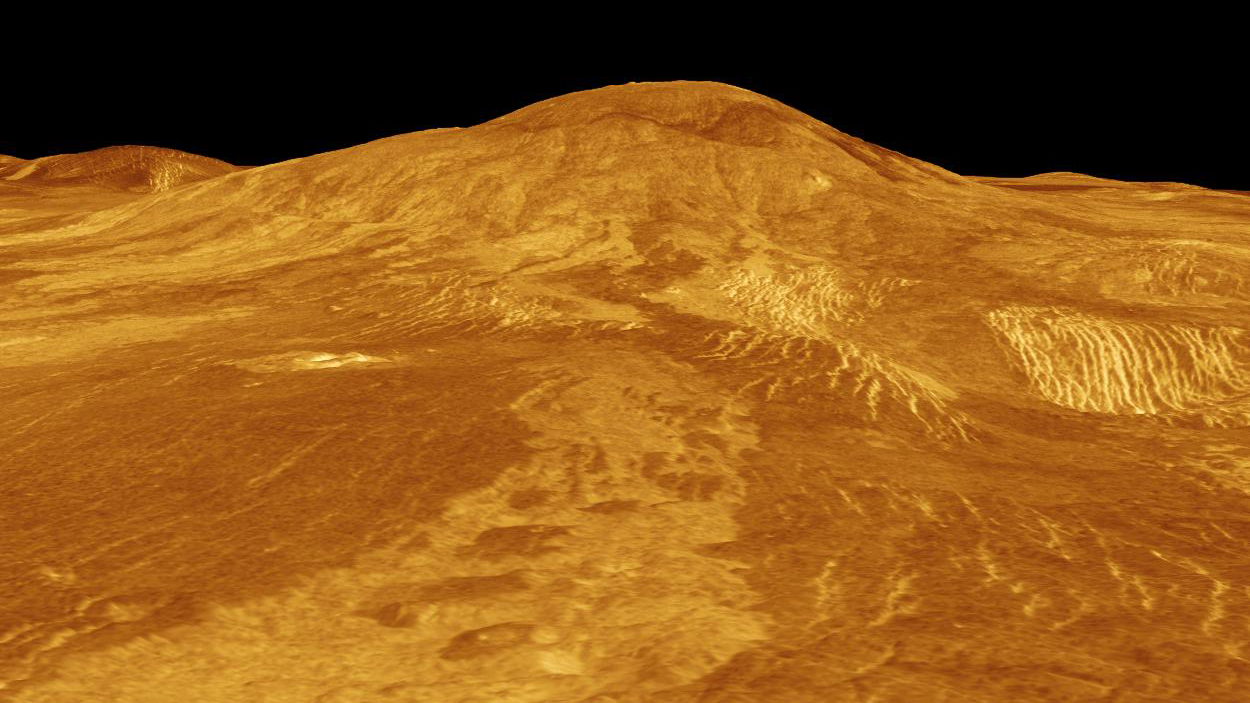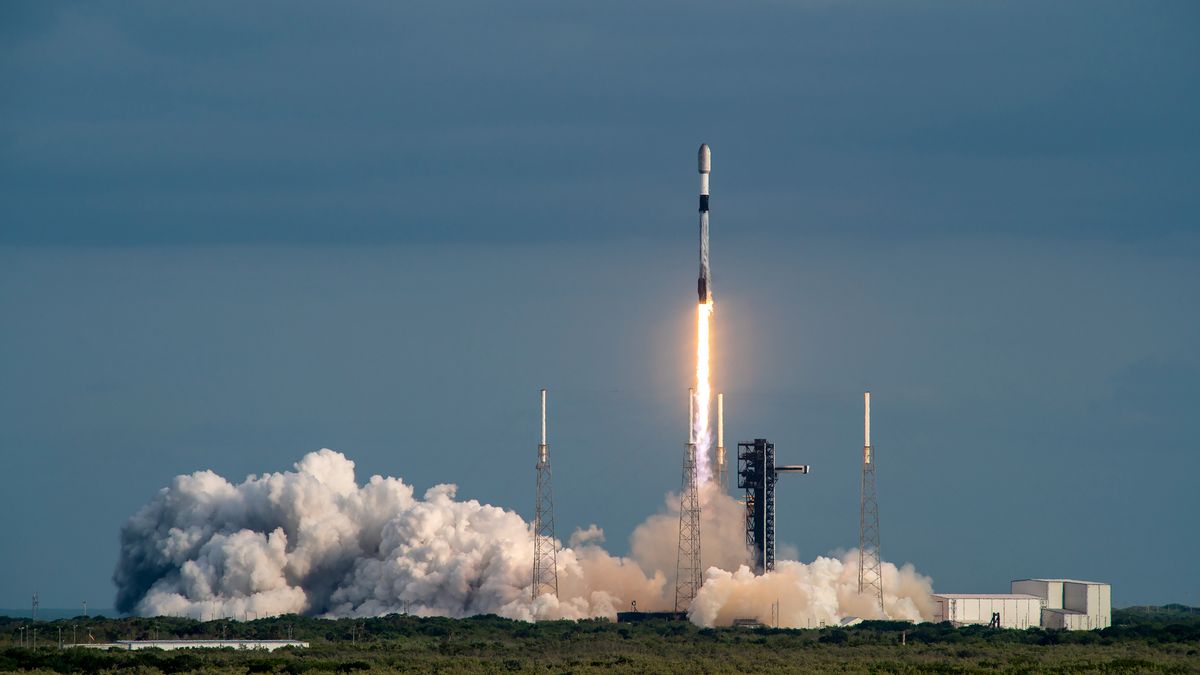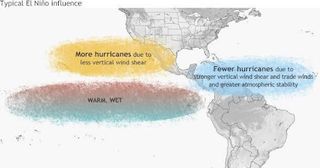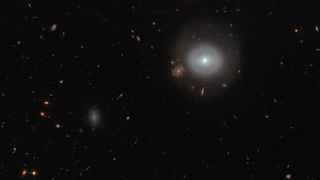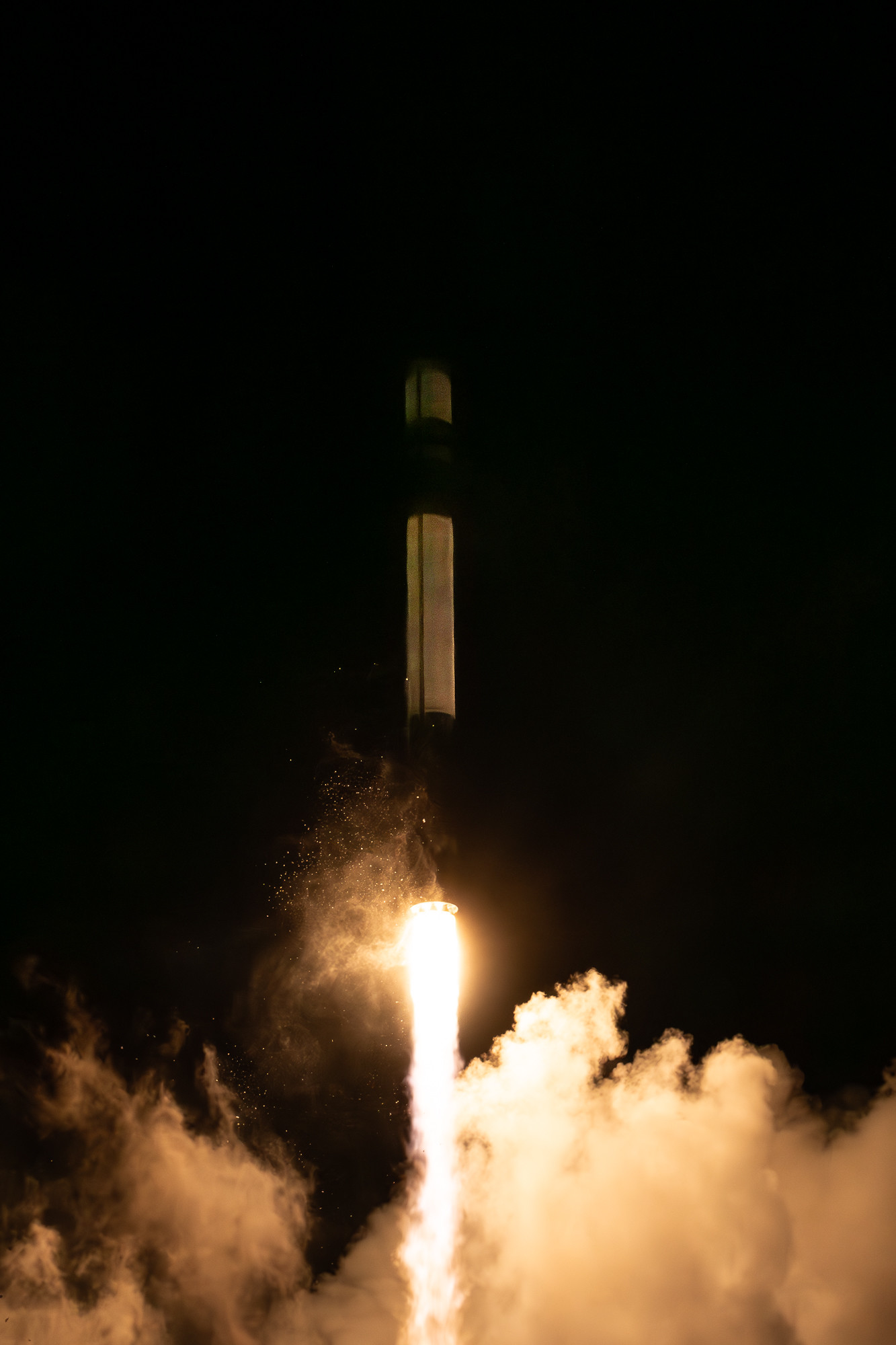After surveying 661 employees affiliated with astronomy and geophysics professions, the Royal Astronomical Society (RAS) has stressed an “urgent” need to address bullying and harassment across the fields. In short, 44% of respondents reported suffering in the workplace during the two years preceding the survey, and 65% of those respondents said reported concerns were either “ignored” or that their reports were unsatisfactorily handled. To be clear, the survey was conducted in 2020, and a soft-launch of the data was released in 2021. However, a full-fledged analysis of the results that…
Read MoreMonth: May 2024
Johnson Celebrates AA and NHPI Heritage Month: Britney Tang
When you think about personal property, your home, clothes, and electronic devices probably come to mind. For NASA, personal property comprises government-owned government-held assets ranging from laptops to spacecraft and space station components. Managing the financial records for these assets is the responsibility of the Property Accounting Team, which includes Personal Property Accountant Britney Tang. Tang sits within the Accounting Services Office of Johnson Space Center’s Office of the Chief Financial Services Officer (OCFO). She works with her colleagues to determine which NASA-held assets must be tracked over time versus…
Read MoreOngoing Venus Volcanic Activity Discovered With NASA’s Magellan Data
6 min read Preparations for Next Moonwalk Simulations Underway (and Underwater) This computer-generated 3D model of Venus’ surface shows the volcano Sif Mons, which is exhibiting signs of ongoing activity. Using data from NASA’s Magellan mission, Italian researchers detected evidence of an eruption while the spacecraft orbited the planet in the early 1990s. NASA/JPL-Caltech An analysis of data from Magellan’s radar finds two volcanoes erupted in the early 1990s. This adds to the 2023 discovery of a different active volcano in Magellan data. Direct geological evidence of recent volcanic activity…
Read MoreUS economy to benefit from NASA investment in 3D-printable superalloy
NASA has invested in an innovative superalloy as part of its Technology Transfer Program, a program that allows technology built for missions to be utilized for other commercial purposes. The superalloy is known as GRX-810 and consists of a 3D-printable, high-temperature material that has the potential to make airplane equipment and spacecraft parts more heavy duty. Items built with this material will be able to withstand a wide range of severe conditions, including intense temperatures, both in the air and in space. As of now, the superalloy is licensed to…
Read MoreSpaceX to launch 23 Starlink satellites from Florida this morning
SpaceX is set to launch yet another batch of its Starlink internet satellites from Florida this morning (May 27). A Falcon 9 rocket is scheduled to loft 23 Starlink spacecraft from Cape Canaveral Space Force Station today at 10:56 a.m. EDT (1456 GMT), with backup opportunities available until 11:30 a.m. EDT (1530 GMT). SpaceX will webcast the launch live via its X account, beginning about five minutes before the window opens. Related: Starlink satellite train: How to see and track it in the night sky The Falcon 9’s first stage…
Read More2024 hurricane season should be busy, NOAA says
With La Nina conditions evolving in the Pacific and near-record warm waters in the Atlantic, scientists expect the 2024 Atlantic hurricane season to be a busy one. Forecasters at the Climate Prediction Center (CPC), part of the U.S. National Oceanic and Atmospheric Administration’s (NOAA) National Weather Service, release an outlook every year ahead of hurricane season that includes what kind of storm activity they predict between June 1 and Nov. 30. CPC researchers say there’s an 85% chance that this year’s hurricane season will be more active than normal, with…
Read MoreThe future is bright for astronomy, and very expensive
Astronomy has a bright future. The universe is being revealed in exquisite detail with the current generation of large optical telescopes, reaching back close to the big bang. There’s hope that the mysteries of dark matter and dark energy will be solved. Thousands of exoplanets have been discovered, and astronomers may be closing in on the first detection of life beyond Earth. However, observations into the cosmic frontier involve extremely faint targets and astronomers are always hungry for more light. In order to keep peering farther into unknown reaches of…
Read MoreNASA’s ‘Mohawk Guy’ cameo in ‘3 Body Problem’ explained (exclusive)
Helping to search for extraterrestrial life in all the right places, Jet Propulsion Laboratory (JPL) systems engineer Bobak Ferdowsi is a crowd favorite when it comes to building robotic spacecraft and solving complex aerospace problems all while sporting a super cool mohawk haircut. Currently, Ferdowsi acts as the Fault Protection lead on the NISAR joint Earth observation mission with India and Europa Clipper’s Mission Planner at NASA’s JPL. Prior responsibilities have included Launch, Cruise, Approach Engineering Lead and Flight Director on Mars Science Laboratory Curiosity and Science Planner on the…
Read MoreBlack hole singularities defy physics. New research could finally do away with them.
Black holes are some of the most enigmatic objects in the universe, capable of deforming the fabric of space around them so violently that not even light can escape their gravitational grip. But it turns out, much of what scientists know about these mysterious objects could be wrong. According to new research, published in April in the journal Physical Review D, black holes could actually be entirely different celestial entities known as gravastars. “Gravastars are hypothetical astronomical objects that were introduced [in 2001] as alternatives to black holes,” study co-author…
Read MoreNASA Launches Small Climate Satellite to Study Earth’s Poles
Rocket Lab’s Electron rocket lifted off from Launch Complex 1 at Māhia, New Zealand at 7:41 p.m. NZST May 25, 2024 (3:41 a.m. EDT) carrying a small satellite for NASA’s PREFIRE (Polar Radiant Energy in the Far-InfraRed Experiment) mission. Rocket Lab The first of a pair of climate satellites designed to study heat emissions at Earth’s poles for NASA is in orbit after lifting off atop Rocket Lab’s Electron rocket from the company’s Launch Complex 1 in Māhia, New Zealand at 7:41 p.m. NZST (3:41 a.m. EDT) on Saturday. The agency’s PREFIRE (Polar…
Read More

